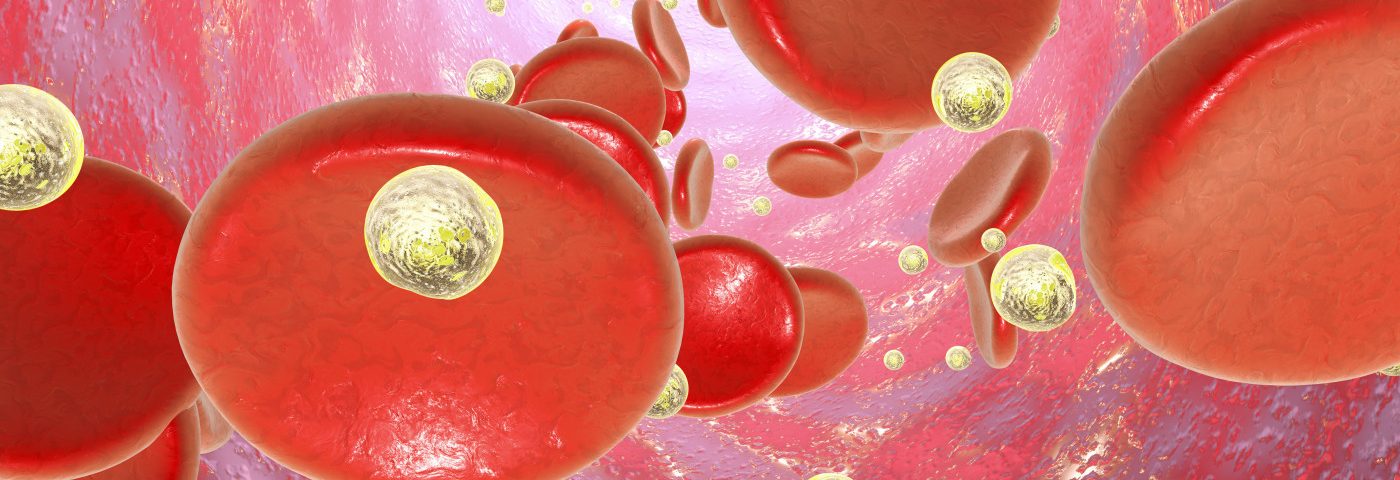Losartan, a medicine used for treating high blood pressure, might improve ovarian cancer treatment by making it easier for chemotherapy drugs to get to tumor cells, a study found.
Patients with advanced ovarian cancer receiving losartan or other similar angiotensin signaling inhibitors lived a median 30 months longer on standard of care than those receiving other high blood pressure medicines.
The study, “Losartan treatment enhances chemotherapy efficacy and reduces ascites in ovarian cancer models by normalizing the tumor stroma,” was published in PNAS.
It might seem obvious that for anticancer drugs to work, they need to get to tumors, but getting from the point where the drug is administered — for example, into the bloodstream through an intravenous drip — into the actual tumor can be a challenge. This is especially true because tumors tend to have poor blood flow and dense matrices of protein in the space between cells.
The researchers predicted that these barriers might be overcome with treatment targeting the angiotensin system, which helps control blood pressure, among other things.
The compound losartan — approved in the U.S. for high blood pressure — showed promise for increasing the delivery of anticancer drugs to pancreatic tumors via this same mechanism. So the researchers wondered whether losartan might also be useful for enhancing treatment in ovarian cancer.
Using mouse models of ovarian cancer, the researchers determined that losartan treatment alone was not able to control tumor growth, but it did alter the tumor environment. Specifically, the researchers found that tumors from losartan-treated mice had lower amounts of protein in the space between cells and better blood flow.
The researchers determined that this effect was, in part, because losartan increases the expression of anti-fibrotic microRNAs (miRNAs).
miRNAs are very small RNA molecules that don’t code for proteins as most RNA molecules do; instead, they are involved in regulating the expression of other genes in ways that scientists are just beginning to understand.
The particular group of miRNAs activated by losartan is likely at least in part responsible for the compound’s effect on the tumor environment, and the researchers suggest that these miRNAs could be used as biomarkers in future studies.
Additionally, the researchers noted that tumor-bearing mice treated with losartan had fewer ascites — accumulation of fluid in the abdomen.
Based on this data, the researchers employed a mathematical model that suggested losartan could improve treatment outcomes if given in conjunction with anticancer drugs.
They put this to the test by treating tumor-bearing mice with losartan and Taxol (paclitaxel), a chemotherapeutic drug commonly used to help treat ovarian cancer. Mice treated with both compounds had smaller tumors than mice treated with Taxol alone. Since it had already been determined that losartan alone didn’t affect tumor growth, these results suggested that losartan improved the efficacy of Taxol.
Finally, the researchers retrospectively analyzed data from two hospitals in Massachusetts. They looked at patients who had undergone ovarian cancer treatment while also being given losartan (or a similar compound targeting the same pathway) for high blood pressure, and they compared these patients to those being treated for ovarian cancer and high blood pressure but with a different kind of agent.
They found that patients in the first group lived an average of 30 months longer than those in the second group, further supporting that losartan could be effective for improving ovarian cancer treatment.
“Our study demonstrates that integrating a matrix-depleting strategy with chemotherapy in ovarian cancer models enhances chemotherapy efficacy and reduces ascites. These findings can be rapidly tested in a prospective clinical trial,” the researchers concluded. Such further trials will be necessary to confirm the utility of these results in patients.

